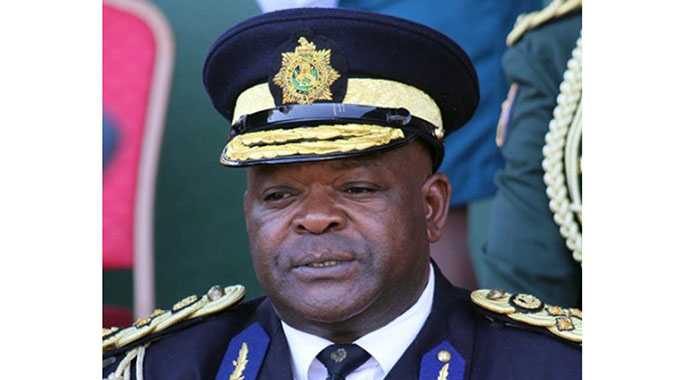‘Harare now focuses on water distribution system’

Harare residents have been complaining that water being pumped to their homes by Harare City Council is dirty and not potable. Recently, council opened its main water treatment works, Morton Jaffray to Harare residents for them to appreciate the water treatment process. Our senior reporter Innocent Ruwende (IR) spoke to Acting Town Clerk Eng Hosiah Chisango (HS) on the issue, as well as progress made in implementing the rehabilitation of the plant, courtesy of the $144 million loan from China Exim Bank.
IR: Recently you invited Harare residents on a tour of Morton Jaffray Water Treatment Plant. What was the reason for the unprecedented invitation?
HS: We have always opened the gates of the water plant to the public. Residents associations have visited a countless times.
The only difference this time around was that we opened it to ordinary residents. We wanted the residents to appreciate the processes that go on at the plant and to understand the extent of the work we have done on the plant to date using part of the $72 million that has so far been disbursed under the $144 China Exim Bank loan facility.
The city opened Morton Jaffray Water Treatment Plant to the public from February 6 to 8, 2018 to enhance improved understanding by the residents of the works done and the processes that take place at the plant.
The city understands that greater participation by the citizens is critical as they are the recipients of the services and the owners of the infrastructure.
They therefore have an interest in the decisions that affect their access to basic services.
It is our hope that the citizens that had the opportunity to attend the open days obtained extra capacity in terms of their participation in the civic affairs.
The city will continue scaling up and systematising the engagements so that citizens are fully aware of all decisions and activities that take place within the service value chain.
It was important that we started with water production as this is one of the key services that council is mandated to provide. We wish our customers to have an insight into all activities and decisions that are made behind the tap.
From the production plants, there is the distribution network, which comprises pumping stations, reservoirs and the water mains. The focus of the city in terms of water service delivery is now on the distribution systems.
IR: How much work has been done so far at the water plant?
HS: The rehabilitation of Morton Jaffray Water Treatment Plant is nearing completion with all the electro-mechanical equipment delivered to site and 95 percent of it installed and commissioned.
The treatment plant now has a capacity of 520 million litres per day. The complete rehabilitation of the plant will see the city able to deliver on its mandate to supply clean water to the residents with great effectiveness.
IR: Harare experienced numerous water shutdowns in the past three years. What really was/is happening at the plant?
HS: The rehabilitation works entailed dismantling the old equipment, reconstructing civil structure and installing the new equipment. Dismantling works required the plant to be stopped to enable the works hence the many shutdowns that the residents had to endure during the last two years.
IR: Now that you are almost done with works at Morton Jaffray and that you have increased water production and that Harare loses up to 54 percent of its treated water through broken down pipes, how are you addressing the issue of non-revenue water?
HS: The city is pleased that the work under the Zimbabwe Multi-Donor Trust Fund in the distribution network is progressing well. Refurbishment of pumping stations and replacement of water mains is on-going around the city. This project will cover water distribution and sewage collection pump stations over and above 50km of pipe replacement and upgrading.
As part of strengthening and optimising the distribution network, the city commissioned a study to evaluate and remodel the water distribution network. The study is now complete and recommendations of the same are already being implemented.
IR: Is the city going to open all its facilities to the public?
HS: Further to this, the city will open the sewage treatment plants to the public for all to have an appreciation of the process. Here, we encourage industrialists and all residents to experience the process of dealing with their waste before it is disposed of. Service improvement and progressive realisation of our mandate remains our focus.
We realise that among the residents are some engineers of repute who can assist us improve service delivery. Together we can. We are always open to public scrutiny and of course we value their input in service.
IR: There have been numerous pipe bursts on the water mains. Why are we experiencing so much water losses?
HS: Our water transmission and distribution network is aged, with some over 60 years old.
These can no longer take the required pressure and therefore burst frequently.
Our current assessment puts the capital requirement for the replacement and upgrading of pipes around the city at around $850 million over the next five years. This will see progressive reduction of non-revenue water. If we were to start with say $200 million, we will then be able to build more capacity to re-invest in the rehabilitation as we reduce the non-revenue water.
The city is engaging various partners and investors as well as Government to structure facilities for pipe replacement.
IR: Thank you Eng Chisango. We will certainly come back for more information on different subjects.
HS: You are most welcome.









Comments